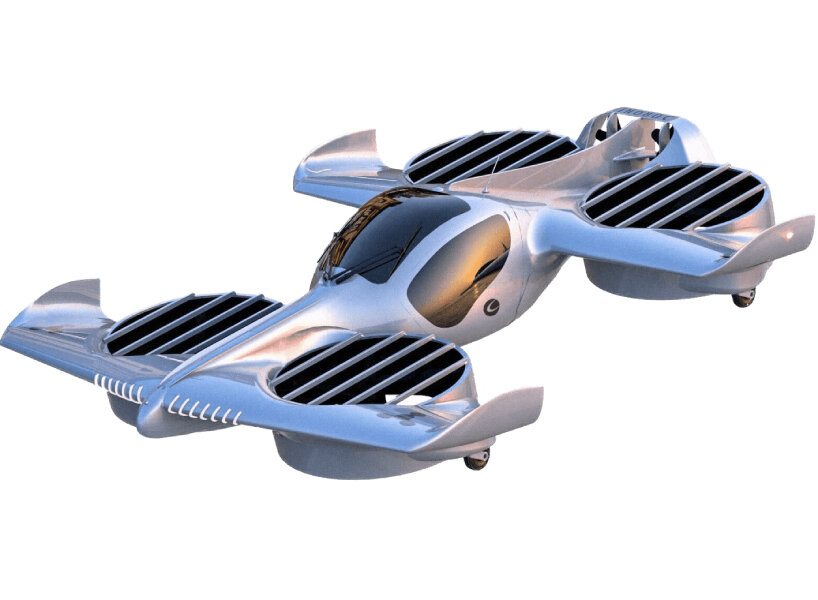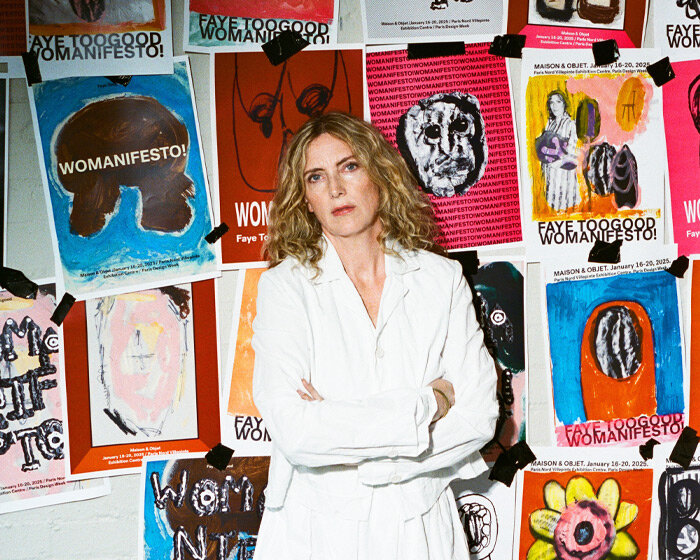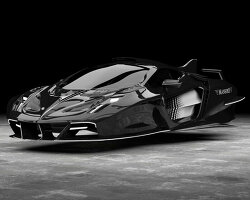
eVTOL ‘Doroni H1’

eVTOL ‘Doroni H1’
KEEP UP WITH OUR DAILY AND WEEKLY NEWSLETTERS
happening now! with the inspirational theme sur/reality, maison&objet and peclers paris are exploring, in january, the prolific vitality of a new surrealism.
a design archive at finland's aalto university shows over 700 nokia products and sketches, including unseen prototypes.
connections: 75
explore the top 10 production and concept cars of 2024, from returning vehicles like honda’s HP-X and luca trazzi’s porsche 911 speedster to design tributes as seen in the jaguar-inspired supercat.
broken pieces of soft mirrors are pieced together using medical cotton gauze and 18-carat gold finishing, while the electric components installed allow them to move autonomously.
to top off the recreated design, the studio includes a mcfly punk hoverboard and cap alongside a PEPSI bottle for their custom model.



















